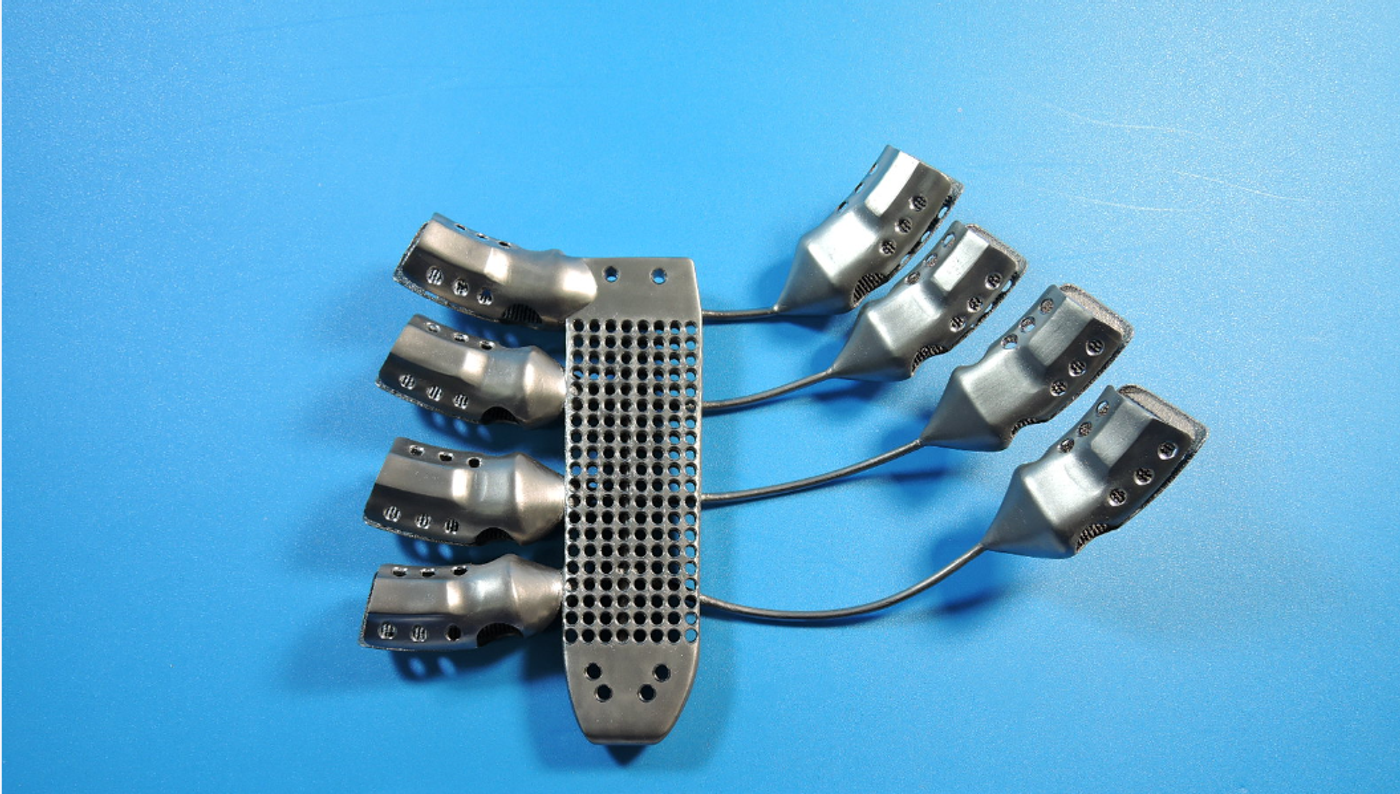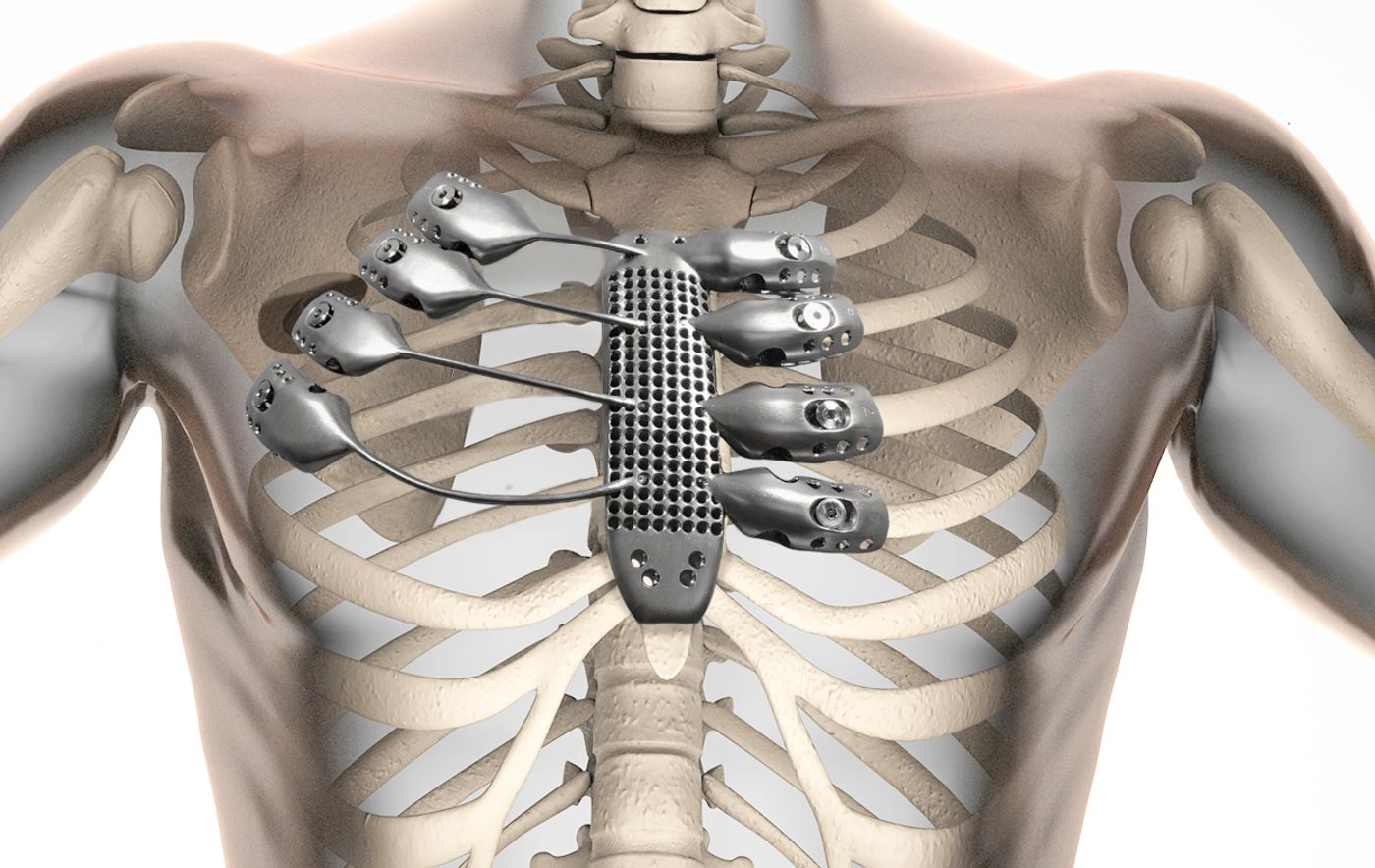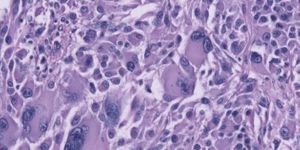54 Year-Old Cancer Patient Receives 3D-Printed Ribs & Sternum
With the 3D printing industry becoming so advanced, the world is finding multiple uses to put the technology to work. One of the largest foreseeable needs for 3D printing to date is the medical industry, which will call for replacement parts for patients.
One thing is for sure, and that's that it’s already starting; the 3D-printing industry has been called upon for various surgeries around the world, including the medical needs for animals, such as this titanium jaw that a Sea Turtle received, and this replacement beak that a Toucan received.
The latest to receive a 3D-printed bodily replacement is a 54 year-old Spanish Cancer patient has reportedly received a titanium 3D-printed replacement for a portion of his ribcage. The replacement not only replaces a few of the ribs themselves, but also includes an artificial sternum, which attaches to the natural sternum for natural strength.
The original section of his ribcage was removed to take care of a case of Chest Wall Sarcoma, otherwise known as a cancerous tumor, and hence the replacement was created to put back what was taken out so that the man would be able to get back to his life.
The surgery went down at Salamanca University Hospital in Salamanca, Spain, and the hospital actually hired a 3D printing company from all the way in Australia called Anatomics to create a feasible titanium replacement for the section that was removed during the operation.
Because the ribcage is generally a very tricky part of the body to work in, since there are twists and curves in the structure that are different for every human being, the medical team decided that a custom 3D-printed structure would be the best and most accurate fit for the scenario. Because 3D-printing it so versatile, the surgeons were able to ensure an exact fit:
The surgeons used a CT scan machine to accurately re-create a general structure of the rib cage and tumor so that the 3D printer could get to work in creating a titanium structure that would fit this scenario.
Anatomics then sent the data to CSIRO to print out the structure with the finest metal-enabled 3D printer available at the time. CSIRO says that the advantage to 3D printing in this scenario is the speed and accuracy of prototyping, which is perfect for the medical industry because the time-savings can also save lives:
“The advantage of 3D printing is its rapid prototyping,” CSIRO’s Adam Night said in a public statement. “When you’re waiting for life-saving surgery this is the definitely the order of the day. We are no strangers to biomedical applications of 3D printing: in the past we have used our know-how to create devices like the 3D printed heel-bone, or the 3D printed mouth-guard for sleep apnea suffers.”
The final product is a replacement rib cage section with an artificial sternum, in which the cup-shaped ends can slide over the existing rib bones, and holes allow the surgeons to affix the structure to the bone using screws.
Check out the video below:
Source: CSIRO










